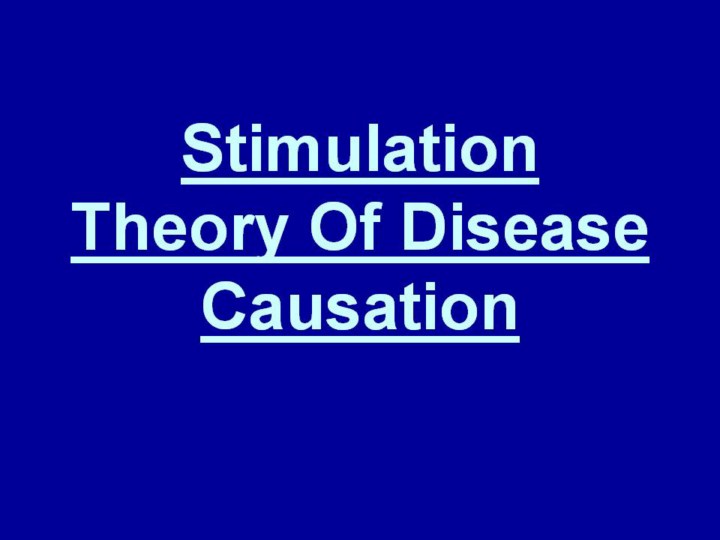| front |1 |2 |3 |4 |5 |6 |7 |8 |9 |10 |11 |12 |13 |14 |15 |16 |17 |18 |19 |20 |21 |22 |23 |24 |25 |26 |27 |28 |29 |30 |31 |32 |33 |34 |35 |36 |37 |38 |39 |40 |41 |42 |43 |44 |45 |46 |47 |48 |49 |50 |51 |52 |53 |54 |55 |56 |57 |58 |59 |60 |61 |review |
 |
A newer theory emerged at the end of the 18th century at the University of Edinburgh, which had been the center of medical education for most of the leading physicians of the Revolutionary and Early National eras in the emerging United States. This stimulation theory of disease causation demanded the same types of severe therapies that had been used by the followers of Galen of Pergamonís medical philosophy. |